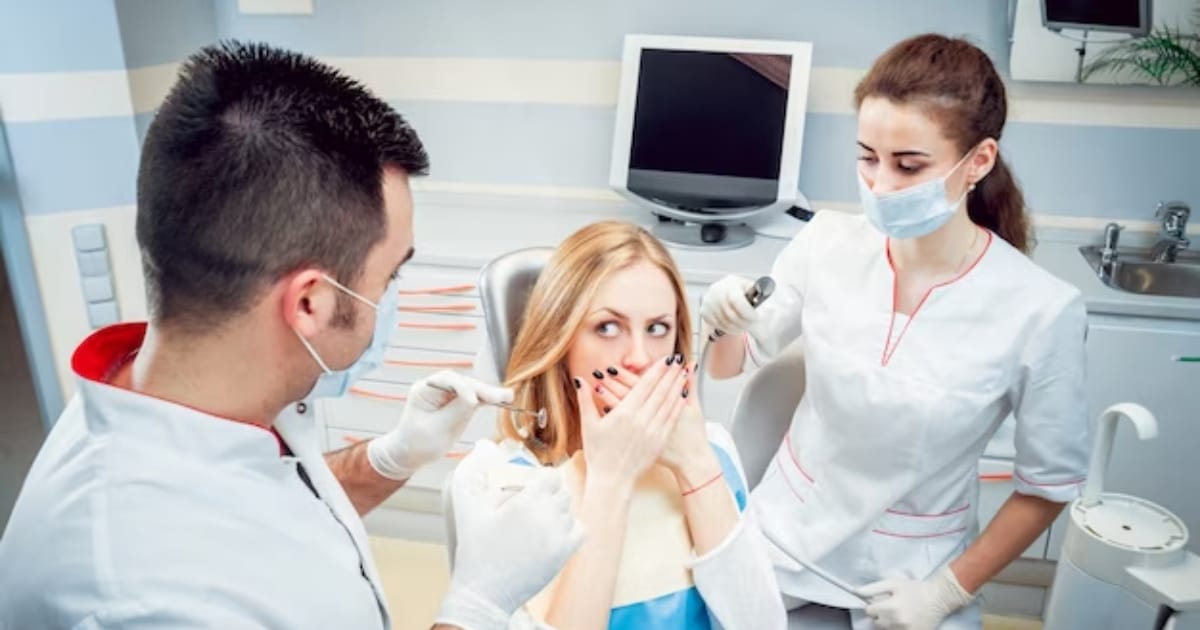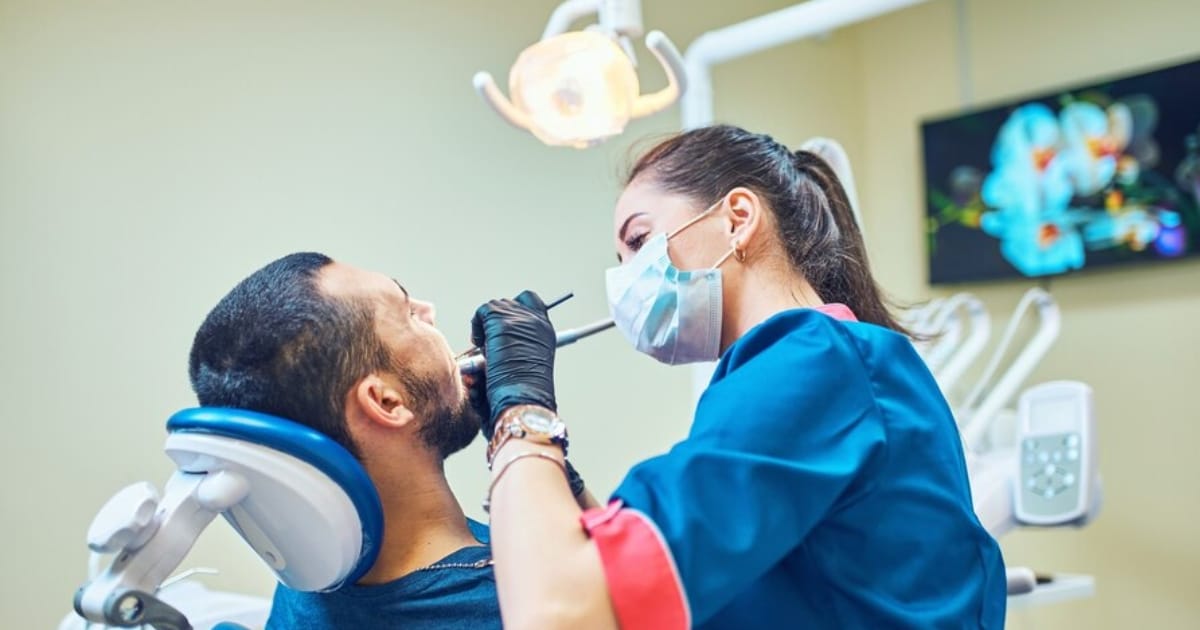Call: (630) 812-7929
Emergency Dentistry 101: A Must-Have Guide For Dental Implant Recipients


Emergencies are unpredictable, and when you’re a dental implant recipient, understanding how to navigate dental crises becomes paramount. In this comprehensive guide, we’ll delve into the world of emergency dentistry, specifically tailored for those with dental implants. From recognizing potential issues to knowing how to respond, this must-have guide from an emergency dentist in Lombard ensures that dental implant recipients are well-equipped to address emergencies swiftly and effectively.
Dental Implants: What Are They?
Foundation of Stability:
Dental implants serve as a foundation of stability for replacement teeth, mimicking the natural tooth structure. While they are renowned for their durability, unforeseen circumstances can still pose challenges.
Potential Emergency Scenarios:
Dental implant recipients should be aware of potential emergency scenarios, including implant damage, infection, or complications with the surrounding tissues. Recognizing these situations early is key to prompt intervention.
Dental implants not only restore the appearance of a natural smile but also provide stability and functionality. However, being aware of potential emergency scenarios is crucial for maintaining their long-term success.
Immediate Response Protocols:
Contacting Your Dentist:
At the first sign of an issue, contact your dentist immediately. Dental professionals are equipped to provide guidance, assess the situation remotely, and schedule an emergency appointment if necessary.
Managing Pain and Discomfort:
While awaiting professional assistance, managing pain and discomfort is crucial. Over-the-counter pain relievers and avoiding pressure on the affected area can provide temporary relief.
Quick communication with your dentist is vital in emergencies. They can provide initial guidance and ensure that you receive timely professional assistance.
Emergency Kit Essentials:
Soft-Bristled Toothbrush:
A soft-bristled toothbrush helps maintain oral hygiene without causing additional stress on the dental implant or surrounding tissues.
Saltwater Rinse:
A saltwater rinse can be instrumental in soothing the gums and minimizing the risk of infection. It’s a simple yet effective addition to your emergency kit.
Dental Wax:
Dental wax can be used to cover any sharp edges or protruding components, providing a temporary solution until professional help is available.
Including dental wax in your emergency kit ensures that you can address any discomfort caused by sharp edges, promoting immediate relief.
Recognizing Signs of Infection:
Swelling or Redness:
Swelling or redness around the implant site may indicate infection. Timely recognition and intervention are crucial to prevent further complications.
Persistent Pain:
Persistent pain, especially accompanied by warmth in the affected area, should not be ignored. It could be a sign of an underlying issue that requires prompt attention.
Vigilance in recognizing signs of infection ensures that you can seek timely treatment, preventing potential complications in the healing process.
Emergency Appointments and Protocols:
Priority Scheduling:
Dental implant recipients experiencing emergencies are often given priority scheduling. Communicate the urgency of the situation when contacting your dentist to ensure swift intervention.
Assessment and Diagnosis:
Emergency appointments involve a thorough assessment of the implant site, often utilizing advanced imaging to diagnose the issue accurately.
Priority scheduling ensures that emergency cases receive immediate attention, expediting the assessment and diagnosis process for effective treatment.
Post-Emergency Care:
Follow-Up Appointments:
Post-emergency care includes follow-up appointments to monitor the healing process and address any lingering concerns. Compliance with these appointments is crucial for long-term implant success.
Oral Hygiene Reinforcement:
Reinforcing oral hygiene practices, including regular brushing, flossing, and using antimicrobial mouthwash, becomes essential post-emergency to maintain optimal oral health.
Follow-up appointments play a pivotal role in ensuring that the implant heals properly, while continued oral hygiene practices are instrumental in preventing future issues.
Preventive Measures for the Future:
Regular Check-ups:
Scheduled, routine check-ups with your dentist are fundamental in identifying potential issues before they escalate into emergencies.
Communication with Your Dentist:
Open communication with your dentist about any concerns or changes in your oral health ensures proactive intervention and minimizes the risk of emergencies.
Regular check-ups and open communication form the cornerstone of preventive care, allowing early detection and intervention to maintain the health of your dental implants.
Being a dental implant recipient doesn’t exempt one from potential emergencies, but armed with knowledge and preparedness, you can navigate these situations with confidence. This guide serves as a must-have resource, empowering dental implant recipients to recognize, respond to, and prevent emergencies, ensuring the longevity and success of their implant journey. Always consult with your emergency dentist in Lombard for personalized advice and guidance tailored to your specific implant and oral health needs.





